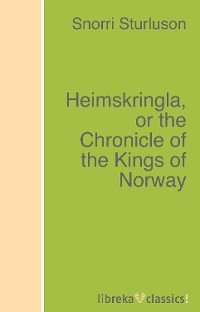Kitabı oku: «Heimskringla, or the Chronicle of the Kings of Norway», sayfa 12
Bir şeyler ters gitti, lütfen daha sonra tekrar deneyin
₺48,95
Türler ve etiketler
Yaş sınırı:
0+Litres'teki yayın tarihi:
25 mayıs 2021Hacim:
960 s. 1 illüstrasyonISBN:
9783742905581Yayıncı:
Telif hakkı:
Автор